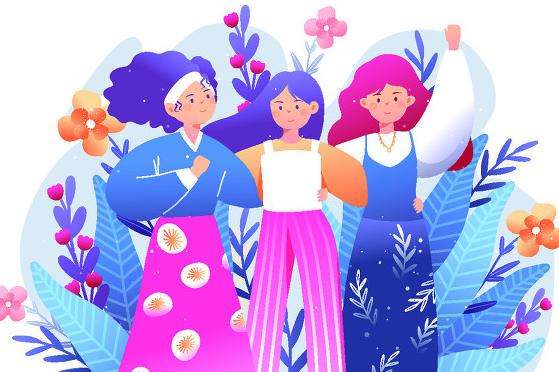The bone collector


The dig lasted for a year, and followup work of the second major discovery almost 12 years.
More time-consuming than the excavation was the cleaning, classification and paper work, she says.
"In college, I didn't study ancient Chinese, so I did fieldwork in the morning and studied ancient Chinese characters in the evening."
In 2003, five books about the findings were published. Three have detailed presentations of the 689 bone artifacts, and the latter two volumes are explanations of the inscriptions on them. The process of excavations is also illustrated in the book.
Among thousands of oracle bones Liu and her team found, her favorite is one that's about 20 centimeters long and 12 centimeters wide, upon which is carved a record of a royal family's hunting activities.
"What I love about that particular specimen is that the shape is so beautiful and the inscriptions on it are complete."
Liu's passion for oracle bones and their inscriptions have continued to burn years after she retired, and as she talks, she points to one of the books she compiled.
Her 2006 work Jiaguwen Shuji Tiyao ("a guidance to the studies of oracle bones") is a guide to academic studies of oracle bone inscriptions not just in China, but also abroad.
"Scholars of such inscriptions need to work more closely with those in other disciplines, including ancient Chinese, archaeology, ethnography and computer science," she says.

Aware of how her early schooling influenced the course of her life, Liu is a strong advocate of the importance of ensuring youngsters receive a solid education.
In Anyang, considered the "hometown" of oracle bones, primary schools have calligraphy courses based on oracle bone inscriptions, she says.
Modern technology is also being employed to help inspire interest in history, with emojis depicting oracle bone inscriptions being used to get young people interested in ancient Chinese characters.
Preservation is as important as academic research, Liu says.
"There are about 150,000 oracle bone specimens scattered throughout the world (including more than 120,000 pieces in China), about 10,000 pieces in Japan, 8,000 pieces in Canada, and others in the UK and the US."
Institutions are being encouraged to improve the ways bones are preserved.
Oracle bone inscription is one among four ancient writings in the world that has been preserved.
The other three are hieroglyphics from Egypt, Sanskrit from India and cuneiform from Mesopotamia.
In 2017, oracle bone inscription was added to the Memory of the World Register by UNESCO.
"Oracle bone inscription is the gene of Chinese culture," Liu says.
"To learn the past is to better understand the present and to prepare for the future."
Since the first oracle bone inscriptions were discovered about 121 years ago, about 4,500 different characters have been found, but just one-third has been deciphered.
"The charm of archaeology is that you never know what will appear next," says Chen Xingcan, head of the Research Institute of Archaeology in Beijing.
"Sometimes you find that something which has puzzled you for many years is answered by a new excavation. For archaeologists, new things always lie ahead."
Shi Baoyin contributed to this story.




